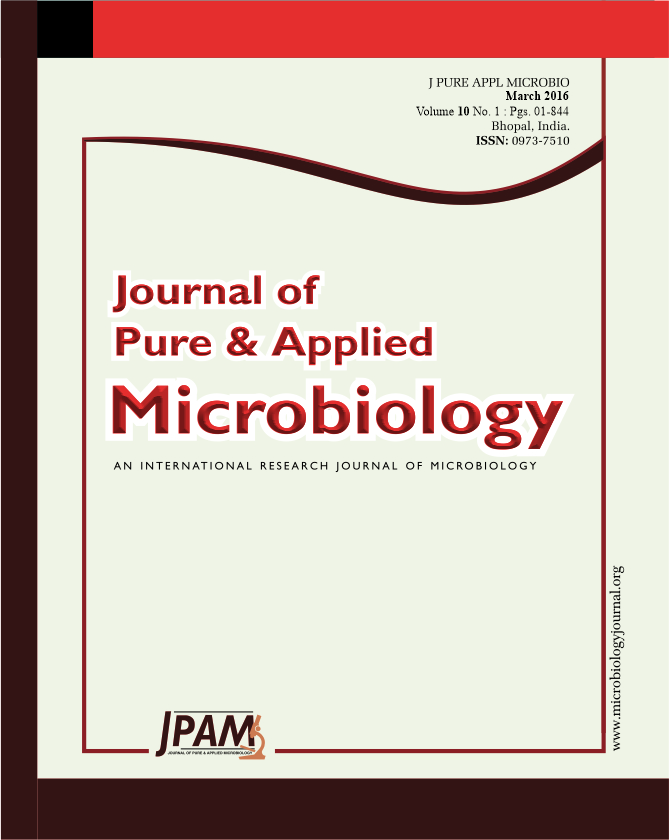Cotton is the most important kharif cash crop of north India. Several factors responsible for low production and productivity of cotton during last decade among them cotton leaf curl disease has been found one of the major limiting factor. High susceptibility of the presently grown cultivars to Cotton leaf curl disease (CLCuD) in north western states of India is one of the key factors for low yield of cotton in these states. To identify the source of resistant against CLCuD, present study was carried out at two locations i.e. Cotton Research Station, Sirsa, and Cotton Section, CCS HAU, Hisar during kharif 2014. Sixty-four genotypes of Gossypium hirsutum were evaluated against CLCuD at both the location under natural epiphytotic condition. It has been found that seven genotypes namely AUBURN, BLIGHT MASTER, B59-1678, PIL 8, PIL 8-5, PIL 104 and PKV 0804 showed resistant reaction against CLCuD while nine genotypes i.e. 101-102-B2, 1695-175 J, 7203-14-104, DELCOT 377, H 1098i, PIL 8-7, PIL-9,PUSA 31, RS 810 observed moderately resistant reaction against CLCuD. These genotypes may be utilized as sources of resistance in different breeding programme for evolving CLCuD tolerant/resistance verities of cotton.
Gossypium hirsutum, CLCuD, Resistant source, Genotypes.
© The Author(s) 2016. Open Access. This article is distributed under the terms of the Creative Commons Attribution 4.0 International License which permits unrestricted use, sharing, distribution, and reproduction in any medium, provided you give appropriate credit to the original author(s) and the source, provide a link to the Creative Commons license, and indicate if changes were made.


